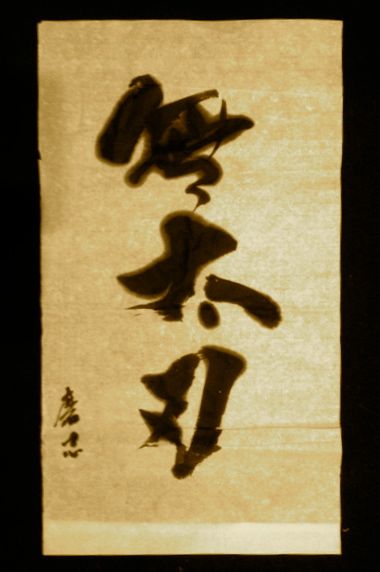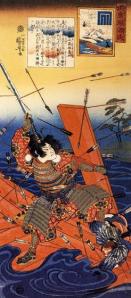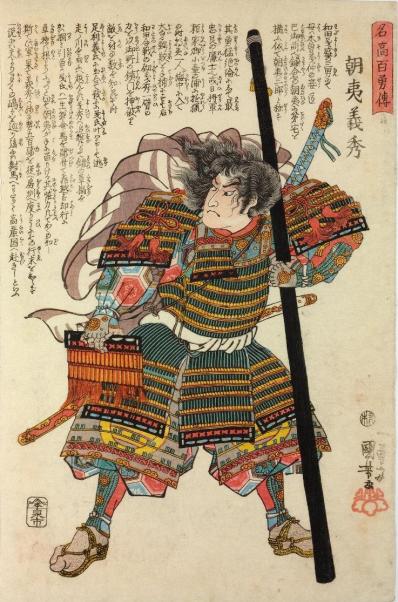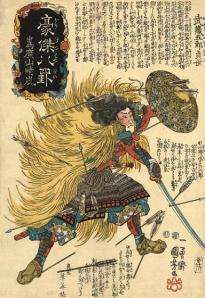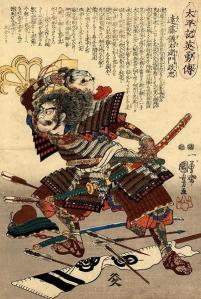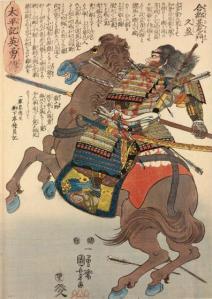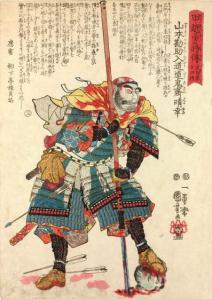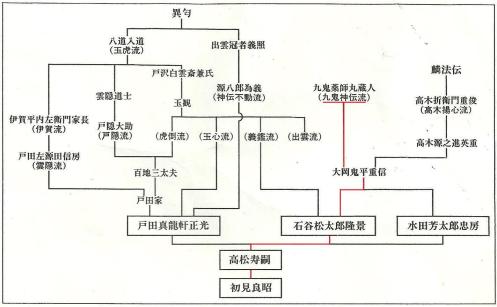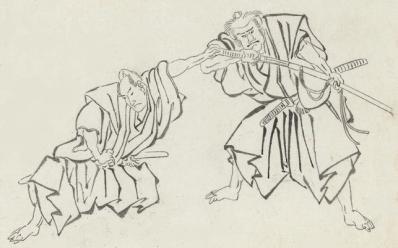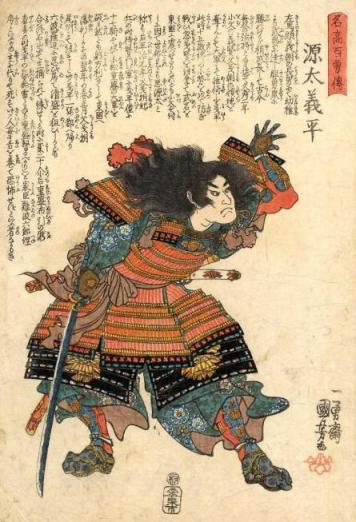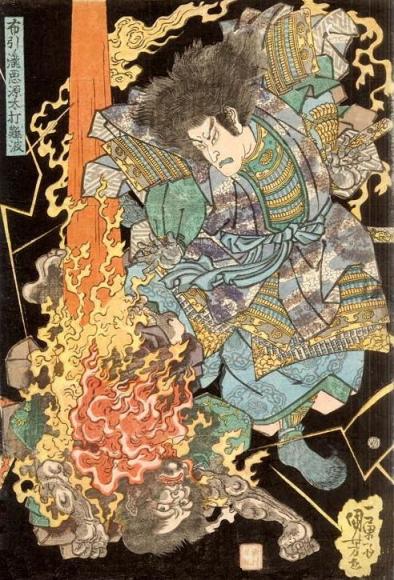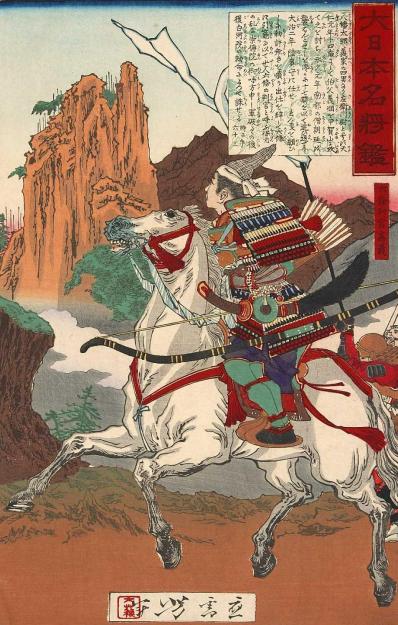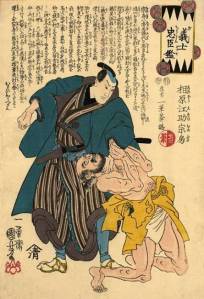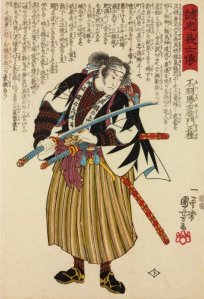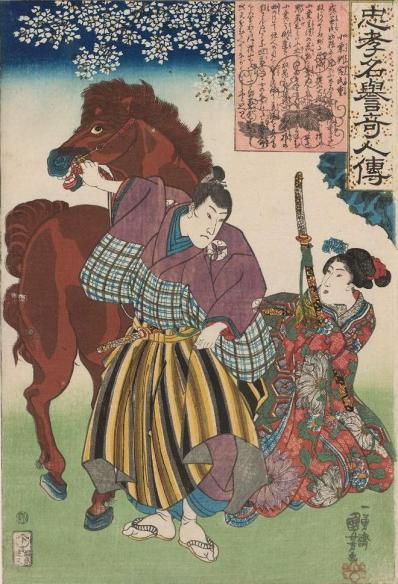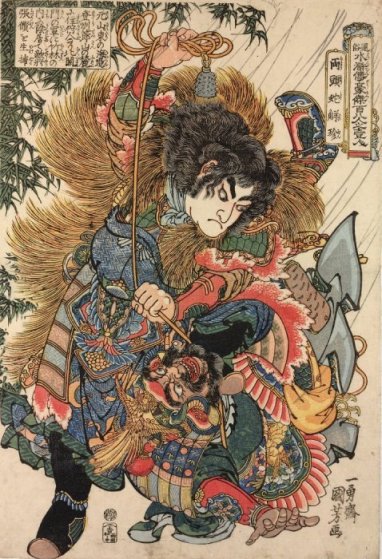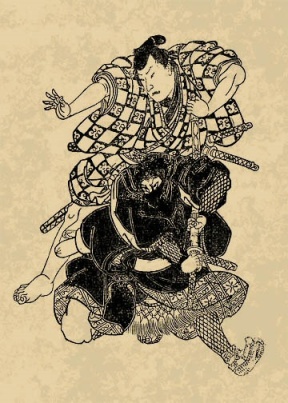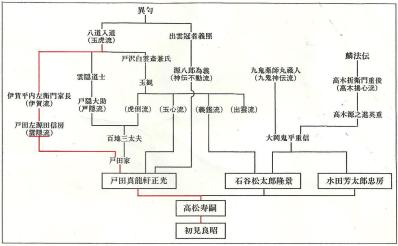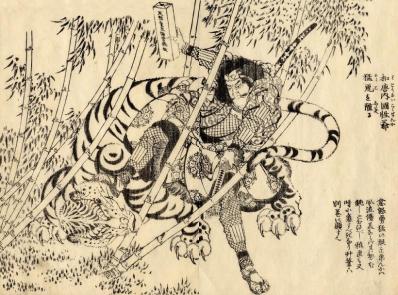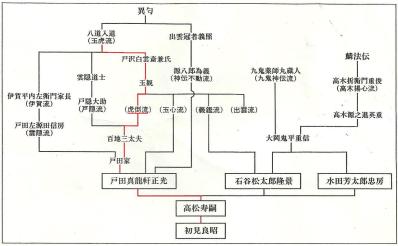Trouble with the Swedish?
From Bujinkan 40 år i Sverige TAIKAI by Bujinkan 40 år i Sverige TAIKAI
No problem, I got a question from a friend abroad and thought maybe more people was interested, so here is some necessary info.
Hello, nice to hear from you again. The website is http://taikai.se
I haven’t had time to translate the website and information to English. Maybe you can use google translate… https://translate.google.com/m/translate
If you want to attend the party you need to sign up before October 10th here… http://taikai.se/bujinkan-40-ars-fest/
It says you must pay to, but you can do that when you come (if you don’t live in Sweden!). They need to prepare the food one week before.
For the training, you sign up and pay 500 SEK at the door Saturday morning.
We have extra training at Kaigozan Dojo on Friday.
http://kaigozan.se
You can sleep for free in the dojo if you want. If you choose a hotel it is only 10-20 min train/metro west of Stockholm C.
Don’t hesitate to pump me for more information!
Hope you can make it  .
.

Mats H…
